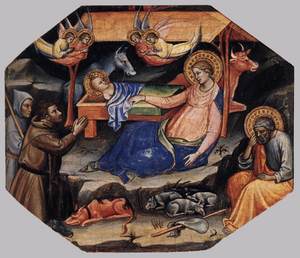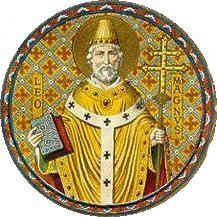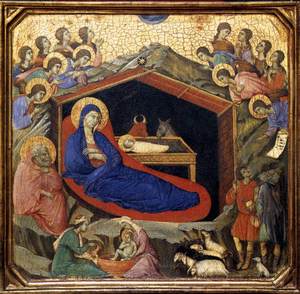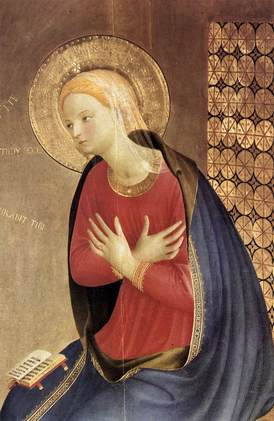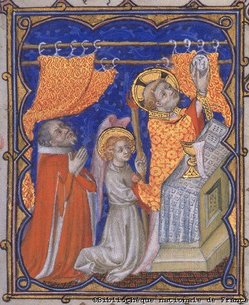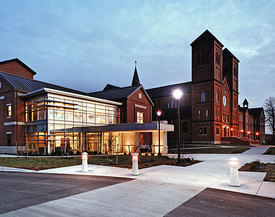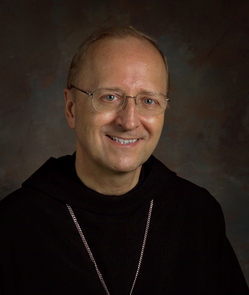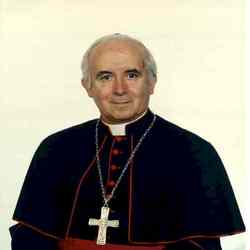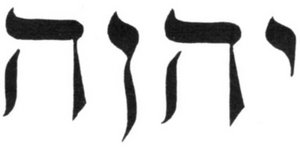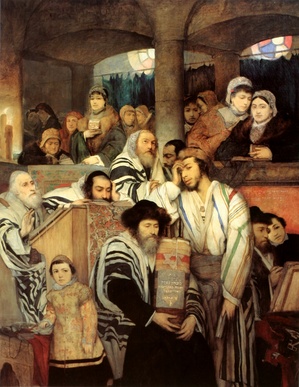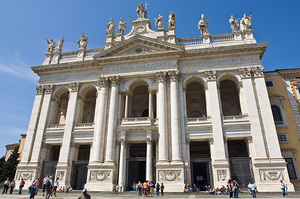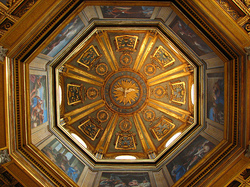 Lord, may we honor the Holy Name of Jesus enjoy His friendship in this life and be filled with eternal joy in His Kingdom, where He lives and reigns with You and the Holy Spirit, one God, for ever and ever.
Lord, may we honor the Holy Name of Jesus enjoy His friendship in this life and be filled with eternal joy in His Kingdom, where He lives and reigns with You and the Holy Spirit, one God, for ever and ever.
Jesu Dulcis Memoria
Jesu, the very thought of thee
With sweetness fills my breast;
But sweeter far thy face to see,
And in thy presence rest!
Nor voice can sing, nor heart can frame,
Nor can the memory find
A sweeter sound than thy blest name,
O Savior of mankind!
O hope of every contrite heart!
O joy of all the meek!
To those who fall, how kind thou art,
How good to those who seek!
But what to those who find? Ah this
Nor tongue nor pen can show:
The love of Jesus, what it is,
None but his lovers know.
O Jesu, light of all below!
Thou Fount of life and fire!
Surpassing all the joys we know,
And all we can desire!
Thee will I seek, at home, abroad,
Who everywhere art nigh;
Thee in my bosom’s cell, O Lord,
As on my bed I lie.
With Mary to thy tomb, I’ll haste,
Before the dawning skies,
And all around with longing cast
My soul’s inquiring eyes;
Beside thy grave will make my moan,
And sob my heart away;
Then at thy feet sink trembling down,
And there adoring stay;
Nor from my tears and sighs refrain,
Nor those dear feet release,
My Jesu, still from thee I gain
Some blessed word of peace!
A Vespers hymn by Saint Bernard of Clairvaux (12th century)
The feast of the Holy Name of Jesus has been celebrated in various places since the fifteenth century and was extended to the whole Catholic Church 20 December 1721 by Pope Innocent XIII but it was a devotion of many holy men and women before this time. There are antecedents which indicate that the faithful’s veneration of the Holy Name was encouraged Saint Bernard of Clairvaux, Saint Bernardine of Siena and Saint John Capistrano. Various religious orders had their dates for the observance of this feast. Sadly, one of the reforms of the Second Vatican Council was to excise the feast from the liturgical calendar thinking that the Holy name was honored enough in the Divine Office and that the Mass texts were reduced to a Votive Mass. When Pope John Paul II published the third edition of the Roman Missal in 2002 he restored the feast to the liturgical calendar as an optional memorial on the first free day after January 1st, that is January 3rd.
 By the time of Saint Ignatius of Loyola and his companions, the newly of priests chose the name of Jesus by which they would identify themselves. With the pope’s permission the Loyola called his groups the Company of Jesus, translated into Latin to be the Societas Iesus, hence the Society of Jesus. The image adopted was Saint Bernardine’s IHS monogram. The observance of the feast of the Holy Name of Jesus, with its Votive Mass, set the tone of mission of the Company of Jesus. As a side note, the Votive Mass of the Holy Name of Jesus was one the Masses offered for the repose of the soul of Avery Cardinal Dulles at the University Chapel at Fordham. The devotion still is observed in the Society of Jesus.
By the time of Saint Ignatius of Loyola and his companions, the newly of priests chose the name of Jesus by which they would identify themselves. With the pope’s permission the Loyola called his groups the Company of Jesus, translated into Latin to be the Societas Iesus, hence the Society of Jesus. The image adopted was Saint Bernardine’s IHS monogram. The observance of the feast of the Holy Name of Jesus, with its Votive Mass, set the tone of mission of the Company of Jesus. As a side note, the Votive Mass of the Holy Name of Jesus was one the Masses offered for the repose of the soul of Avery Cardinal Dulles at the University Chapel at Fordham. The devotion still is observed in the Society of Jesus.
Does your parish have a Holy Name Society? If not, why not ask the pastor to begin one. See the US confraternity’s webpage.
